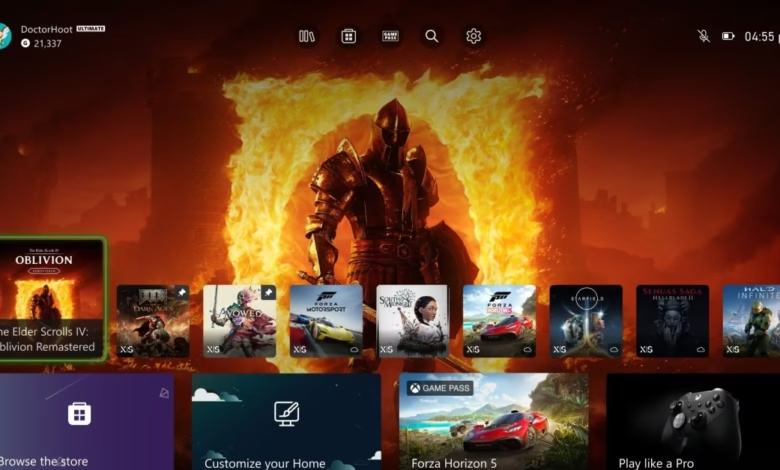Xbox UI Update: Pin Games & Customize Your Home Screen

▼ Summary
– Microsoft is updating the Xbox Home UI, allowing users to pin up to three apps or games to the homescreen.
– The update includes customization options like hiding system apps (e.g., Settings, Store) from the homescreen.
– Users can reduce the number of recently used apps or games displayed, choosing between four and nine tiles.
– These changes are part of the June Xbox dashboard update, available in Settings under Personalization.
– Microsoft tested these features last month and is now rolling them out quickly to all Xbox users.
Microsoft has introduced a fresh update for Xbox consoles that gives players more control over their home screen layout. The latest dashboard improvements let users pin favorite games and apps while hiding system tools they rarely use. These personalization options mark a significant step forward in tailoring the Xbox experience to individual preferences.
Gamers can now pin up to three frequently played titles or applications directly on their home screen. These selections remain prominently displayed at the front of the recently used section, even when switching between other software. The update also includes the ability to completely remove system applications like Settings and the Store from appearing in the main interface.
For those who prefer a cleaner look, Microsoft has added options to adjust the number of recently used items shown on screen. Instead of the default nine tiles, users can choose to display as few as four. This flexibility helps create a more streamlined navigation experience based on personal usage patterns.
These customization features are available through the June dashboard update, accessible via Settings > General > Personalization > Games & apps. Following successful testing last month, the rollout is now reaching all Xbox users at an accelerated pace. The changes reflect Microsoft’s ongoing efforts to enhance user control over their gaming environment while maintaining the platform’s signature intuitive design.
(Source: The Verge)